The week-long festivities for the Chinese New Year, also known as the Spring Festival, begin on January 28. But the celebrations will start on the eve of the most important event in the Chinese calendar.
Though the festival, mostly marked by family reunions and traditional feasts, has its root in China, it is also celebrated throughout South Korea, Vietnam, Southeast Asia, and around the world in the Chinese diaspora.
CHINA
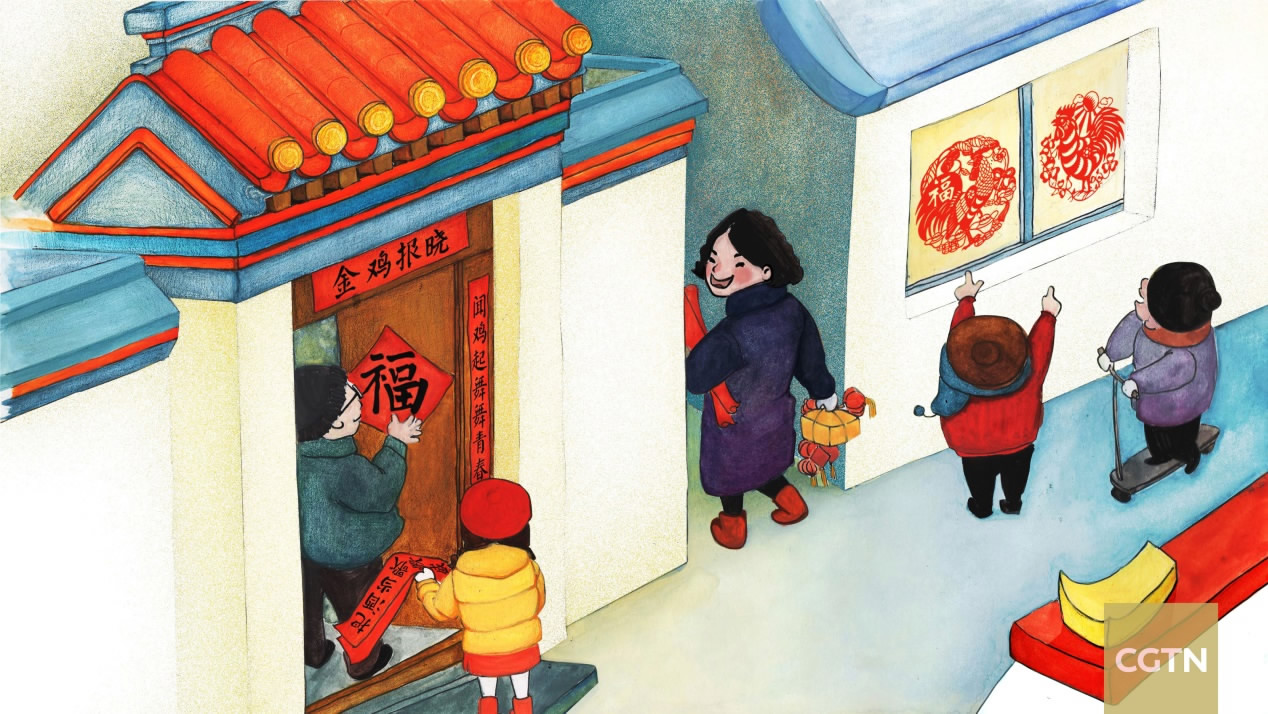
The arrival of the Spring Festival is marked by the decor – couplets and cuttings of the Chinese character “福” symbolizing happiness are an integral part of the home decoration. The couplets written in Chinese calligraphy on red paper reflect the family’s wishes; happiness and luck in the New Year are often the most popular wishes. The red cut-outs are pasted on windows and doors and signify good luck.
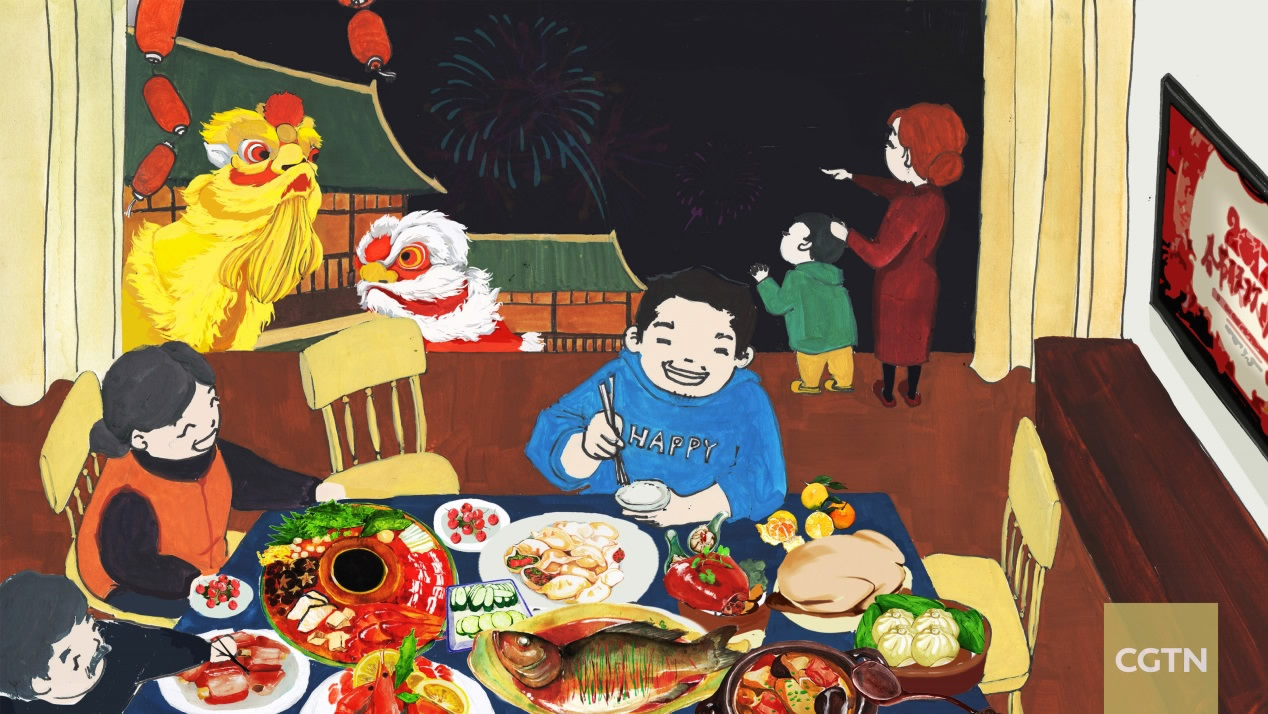
It is known as the world’s largest migration, as millions of Chinese return home to celebrate the Spring Festival with family members. It is a time to indulge in a festive feast and catch up with family and friends.
One of the major Spring Festival delicacies is New Year cake, which is made of glutinous rice flour. New Year cake, called niangao in Chinese, translates to “reaching new heights.” Many Chinese people believe eating niangao on this day brings luck, favoring them to reach new heights in the coming year.
Another must-have food is fish. Eating fish symbolizes an abundant year because the character for fish sounds similar to the Chinese word abundant.
Jiaozi (dumplings) and tangyuan or yuanxiao (boiled balls of glutinous rice flour) are also Spring Festival favorites in north and south China. While people in the north stuff dates or chestnuts in jiaozi, wishing for a sweet and auspicious year, southerners prefer eating tangyuan because of its rotund shape that signifies unity, which has similar pronunciation as the food.
And while food is the main highlight of the evening, the annual mega television event has also become a Spring Festival ritual for the Chinese people. This year, CCTV’s Spring Festival Gala will be telecast live on CGTN, as well as CGTN Facebook page. Like our page and join us for the interactions as we bring you extensive coverage from the event to ring in the Year of the Rooster.

As the sparkles light up the midnight sky, you know the New Year has arrived. However, amid growing concerns of air pollution, there are now guidelines to limit firework activities. In Beijing, people are only allowed to set off fireworks outside the fifth ring road and only from 7 p.m. till midnight.
SOUTH KOREA

Like in China, South Koreans also travel home in hordes for the Spring Festival. Nearly 40 million people make their way to their hometowns for the annual celebrations.
Traditionally, South Koreans prepare offerings to the dead to memorialize the forefathers of the family on Spring Festival Eve. The offering includes some 20 traditional Korean dishes, such as walleye pollack and perilla pancakes.
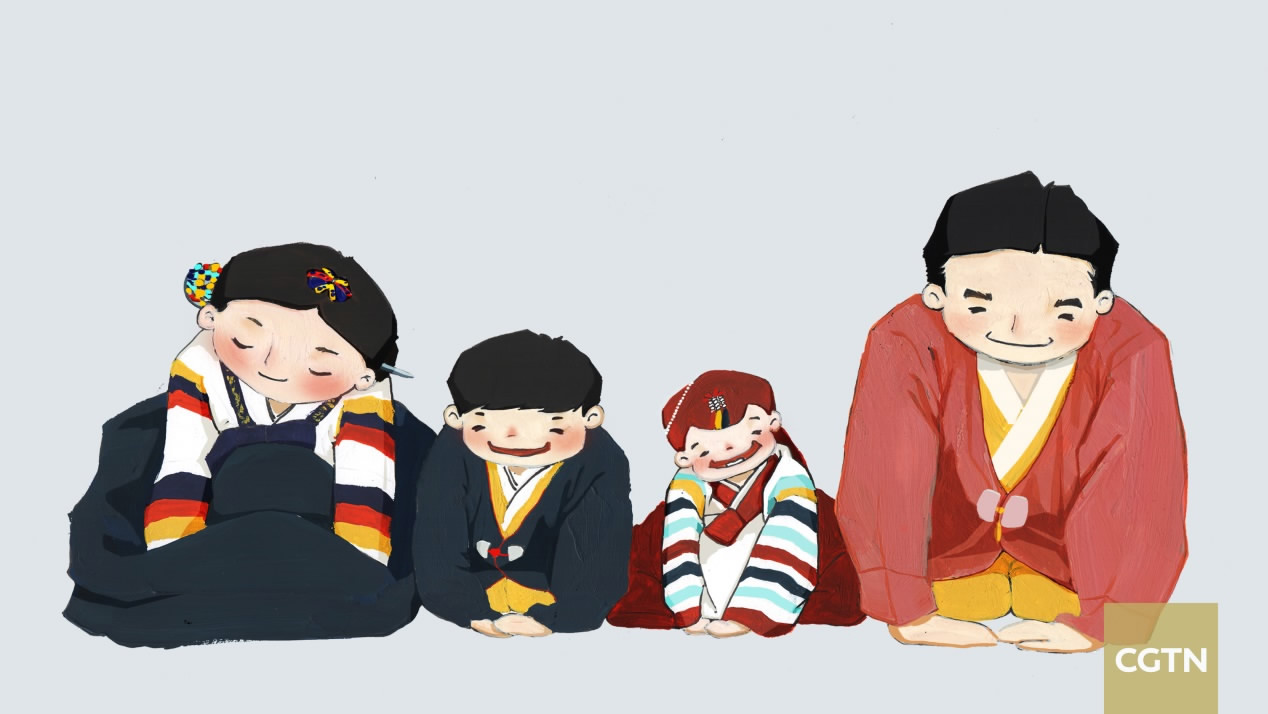
During the Spring Festival, South Korean families wake up early, dress in their traditional costumes and pay tribute to their forefathers.
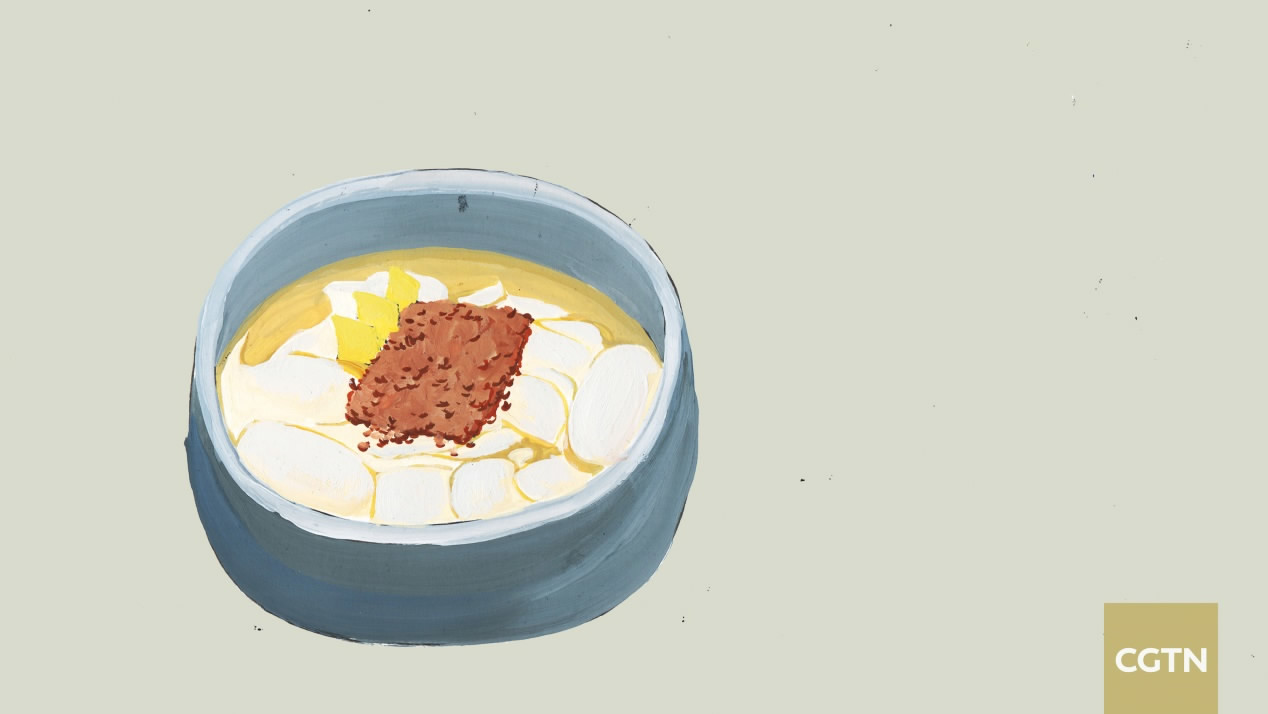
Rice cake soup, or tteokguk, is a must for breakfast after the worship. A slice of beef is placed in the soup as a topping, symbolizing growth.
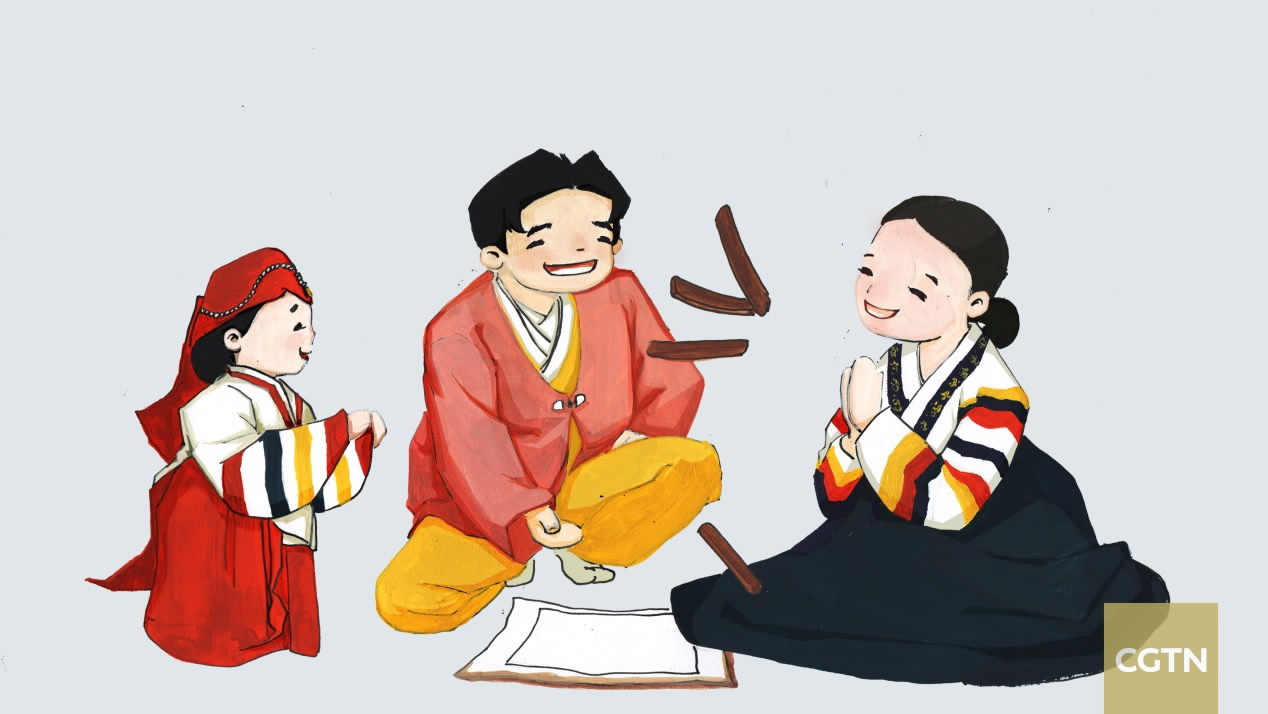
South Koreans also play traditional games during the Spring Festival – cards, board games and kite-flying are the most favored family activities. However, the most popular game is Yut Nori, a traditional multi-player board game said to have been played during the Three Kingdoms (537 BCE - 668CE) in the Korean Peninsula.
VIETNAM

The Spring Festival is also an important festival to the Vietnamese, who have a four-day public holiday. In Vietnamese, the festival is called as Tết Nguyên Đán, the first day of the New Year.
On the eve, Vietnamese families gather for dinner, similar to the family feasts in China. But in Vietnam, bánh chưng or bánh tét is a requisite dish – it is glutinous rice filled with meat or beans and wrapped in leaves like Chinese zongzi. The square-shaped bánh chưng is mostly preferred in north Vietnam, while the cylindrical looking bánh tét is a southern favorite.
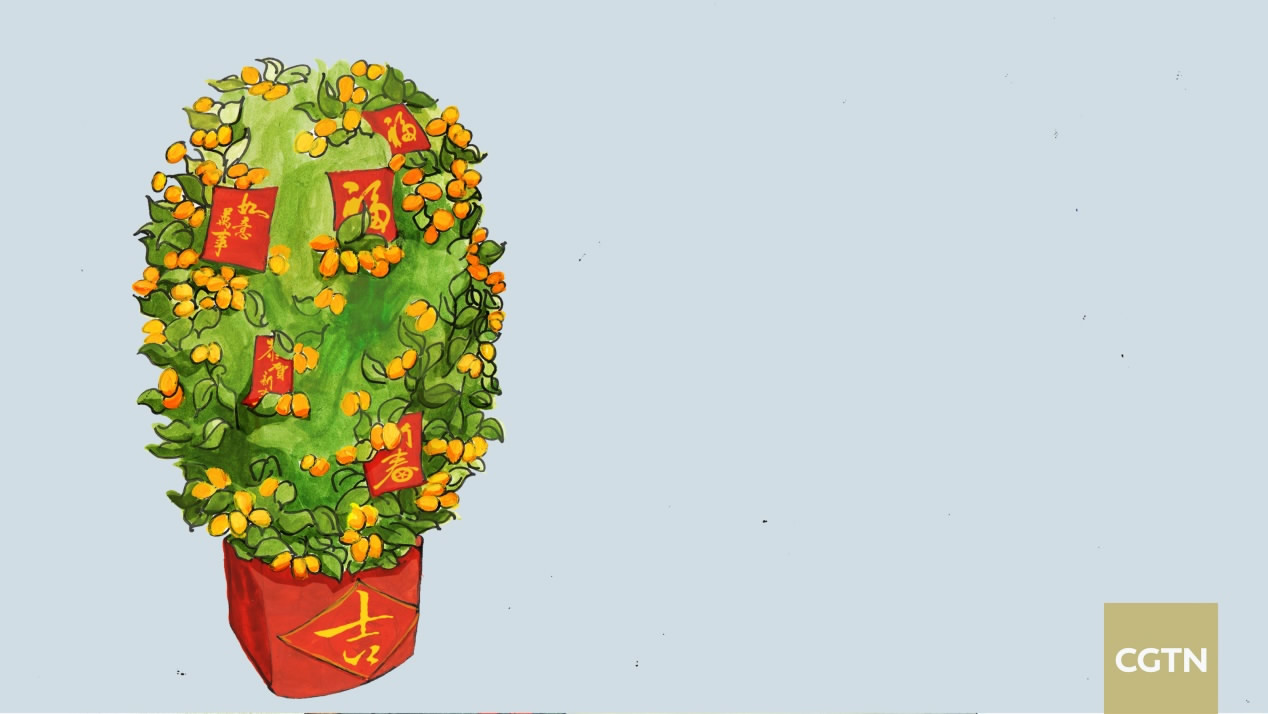
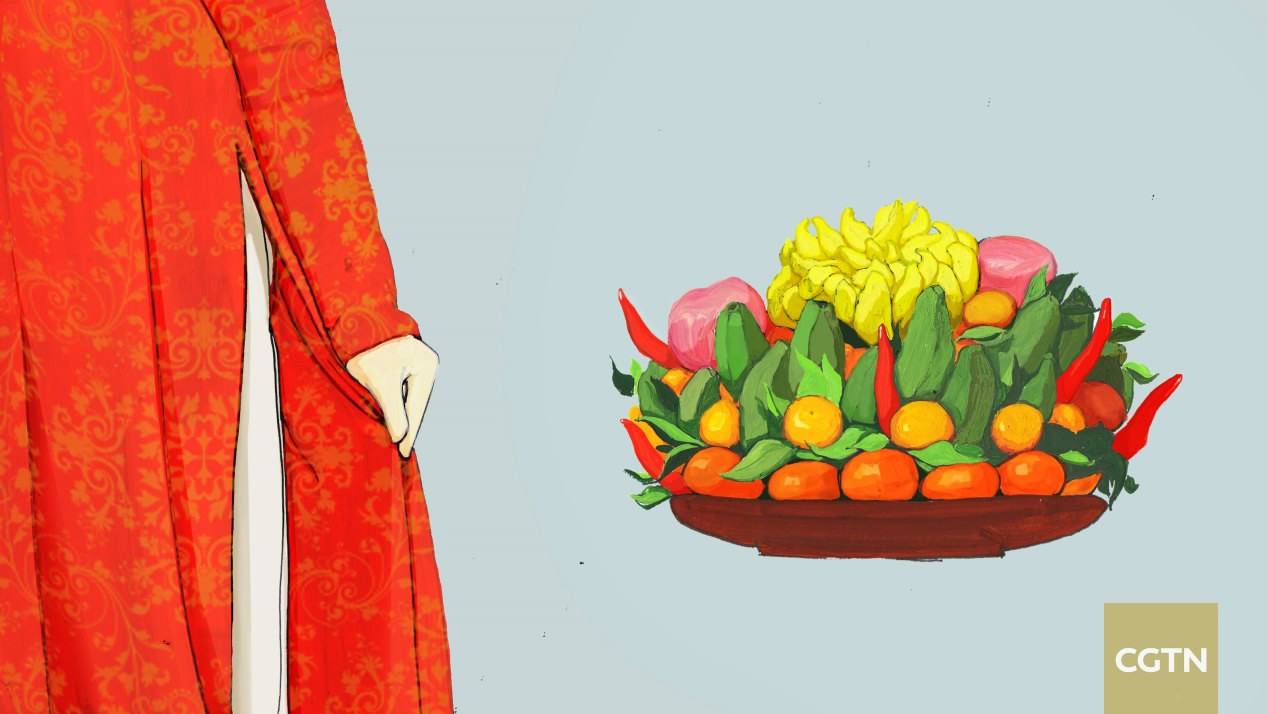
During the Lunar New Year, Vietnamese families display marigold bonsai, which is believed to symbolize longevity. Kumquat bonsai and fruit baskets are also placed inside rooms to bring in luck, fertility and fruitfulness in the coming year. The fruit basket, also known as mâm ngũ quả in Vietnamese, consists of five kinds of fruits, mostly tangerine, orange, banana, a pineapple and a pomelo.
SOUTHEAST ASIA
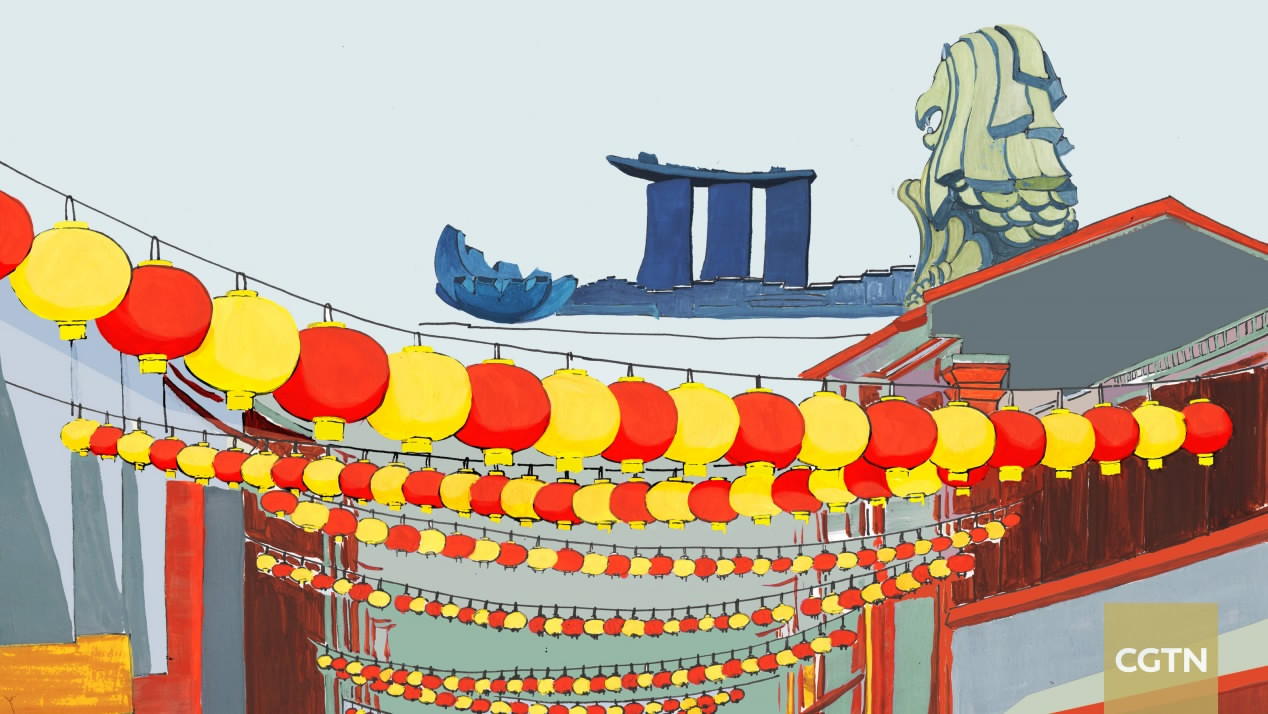
Some Southeast Asian countries, such as Singapore, Malaysia and Indonesia, also celebrate the Spring Festival with gusto. Each year, during this period, streets and commercial areas are decorated with lanterns that are illuminated to light up the dark night.
In some areas dominated by people of Chinese ethnicity, lion dancing adds to the festive ambiance. There is a folk belief that lion dancing exorcises evil spirits.
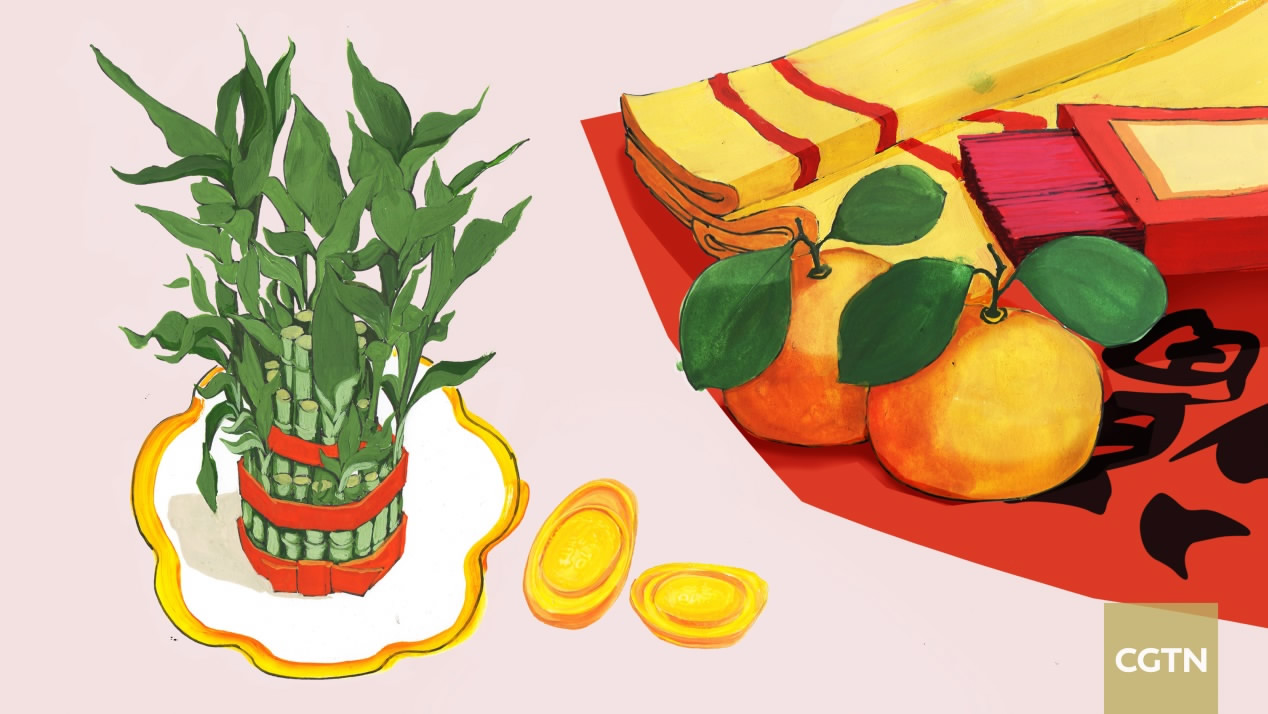
People in Singapore prefer giving two kumquats, together with other gifts during the Spring Festival when visiting their relatives, friends and colleagues – this means good things will come in pairs in the coming year.
Buying flowers is also a must in Southeast Asia ahead of the Spring Festival. Lucky bamboos are one of the bestselling plants. People often place lucky bamboos near their door, as they believe it will bring wealth.
(Story by Sun Xiao)
(Illustrations by Fan Chenxiao)









